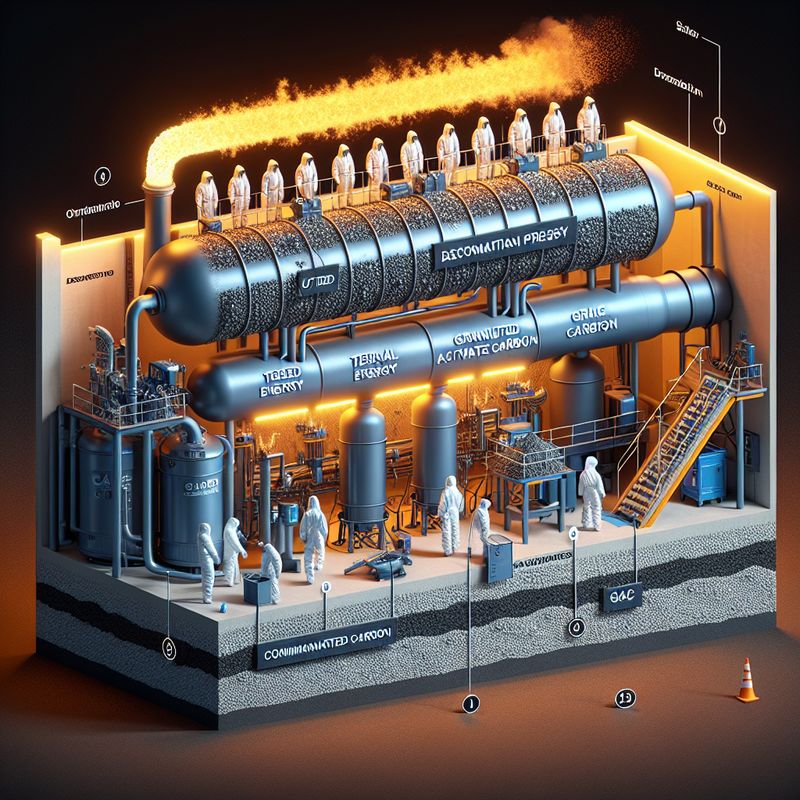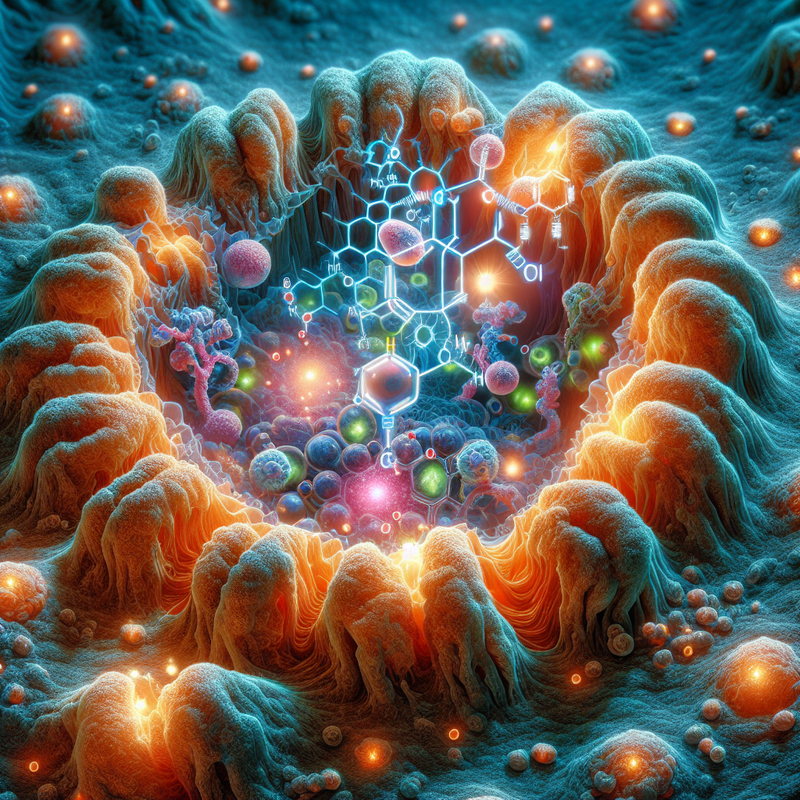Groundbreaking Discovery for Water Decontamination at the University of Missouri
At the University of Missouri, researchers led by Feng “Frank” Xiao have made a groundbreaking discovery in the effective decontamination of water by proposing an affordable and efficient method to eliminate toxic substances. This novel strategy employs the use of thermal energy and granular activated carbon (GAC) to dismantle per- and polyfluoroalkyl substances (PFAS), widely recognized as pollutants with high environmental persistence, often found in everyday essentials and known for their resistance to natural decay.
PFAS: The “Forever Chemicals”
With sustainability at the forefront of global environmental concerns, PFAS have gained notoriety for their enduring presence, commonly dubbed “forever chemicals“. These substances have raised alarms due to their potential association with serious health conditions such as cancer, developmental impairments in children, and compromised reproductive health. Given their prevalence in products such as makeup, food containers, and a myriad of consumer goods, PFAS accrue in both nature and organisms, posing a particular threat.
A Pioneering Leap in Decontamination Strategy
In a pioneering leap, the strategy formulated at the University of Missouri heats PFAS along with GAC at 572 degrees Fahrenheit. This temperature is significantly lower than previously employed techniques that demanded temperatures in the ballpark of 1292 degrees Fahrenheit or higher. Xiao and his team achieved an impressive 90% mineralization rate by this process, converting PFAS into non-toxic inorganic fluorine. Xiao, an associate professor at Mizzou’s College of Engineering, underlines the method’s convenience and affordability, especially when contrasted with more expensive alternatives like reverse osmosis.
Implications and Future Prospects
The implications for using this technology are wide-reaching, promising to significantly mitigate the threats PFAS pose to public health and the natural world, especially considering its utility in agricultural sectors that handle herbicides and pharmaceuticals. With its ability to be implemented at a localized level utilizing nothing more extraordinary than a conventional furnace, Xiao’s research, detailed in a study published in Environmental Science and Technology, brings a promising solution to light.
An added benefit comes in the form of the recyclable nature of the GAC used in the decontamination process, which underscores the method’s sustainability. Xiao, who values actionable research and the cultivation of his students’ learning experiences, envisions this technique playing a crucial role in erasing stubborn environmental contaminants.
As continued exposure to PFAS becomes a mounting concern for communities worldwide, the innovative work from the University of Missouri stands as a potent symbol of the potential advancements in our quest to neutralize chemical pollutants, delivering on the promise of protective, economically viable, and expansive solutions for cleaner ecosystems and healthier societies..







